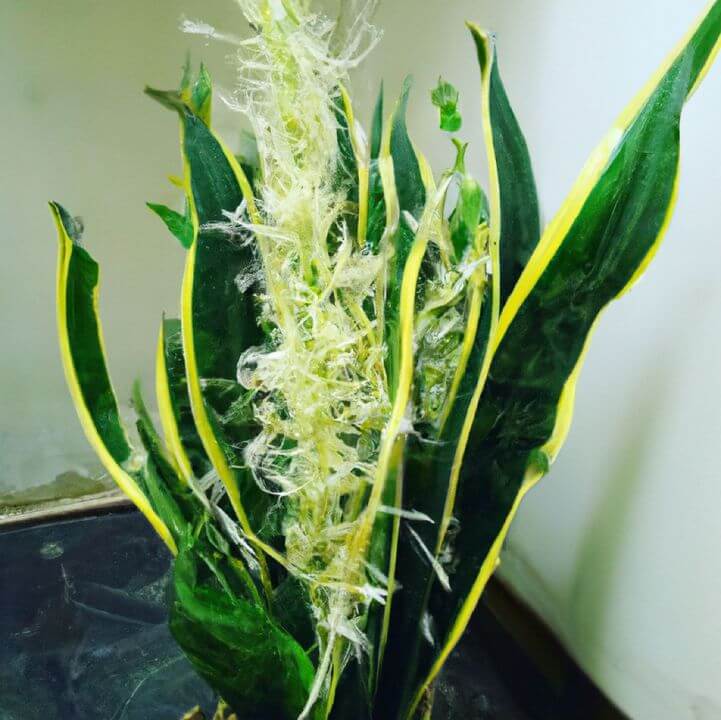Commonly called snake plant or mother-in-law’s tongue, Sansevieria is well-known for being a tough, low-maintenance houseplant that thrives under a variety of conditions. However, seeing one bloom is quite rare, especially indoors. So, why does flowering happen so infrequently?
Snake plants are unlikely to flower inside because of their extended blooming cycle and the difficulty of mimicking the environmental triggers they experience in the wild. Their energy is typically directed toward foliage growth, and over time, many varieties have been cultivated for their striking leaves rather than flowers. Even in their native environments, their blooms are sporadic and inconsistent, which adds to their rarity in home settings.
Still, it’s not impossible. Here are several practical tips to help you encourage your snake plant to flower:
1. Ensure Proper Lighting
While snake plants can survive in low light, they thrive in bright, indirect light. Giving the plant more light—without exposing it to intense direct sunlight—can help boost its chances of blooming.
2. Water with Caution
These plants are extremely drought-resistant and are prone to root rot if overwatered. Let the soil dry out completely between waterings, and cut back even more during colder months. Too much moisture can inhibit flowering.
3. Choose the Right Soil
Use a fast-draining soil mix to avoid water accumulation around the roots, which could lead to rot and hinder overall plant health.
4. Avoid Overcrowded Roots
If your snake plant becomes root-bound, it may prioritize new leaf growth over blooming. Consider repotting into a slightly larger pot if the roots are circling the container.
5. Maintain Ideal Temperature and Humidity
These plants prefer warm environments during their active growing season. Avoid cold drafts and sudden temperature changes. Standard indoor humidity levels are generally adequate.
6. Fertilize Lightly
Excess fertilizer can prevent flowering. Use a balanced, diluted fertilizer once every 4–6 weeks during spring and summer. Skip feeding in the fall and winter.
7. Provide Room to Grow
Allow your plant vertical space to stretch. Crowding can drain its energy and make it less likely to bloom.
8. Be Patient
Snake plants are not quick to flower. It may take years for blooms to appear, so enjoy their attractive leaves while you wait.
9. Mimic Seasonal Changes
In nature, snake plants experience seasonal light and temperature shifts. While it’s tough to replicate this indoors, placing the plant in a slightly dimmer area for a short time may help simulate environmental triggers and prompt blooming.
10. Avoid Moving It Once Budding Begins
If you notice a flower stalk starting to form, keep the plant undisturbed. Movement or environmental changes during this time can disrupt flower development.
By following these tips, you can increase the chances of your snake plant blooming. Although rare, those fragrant, delicate flowers are a rewarding surprise for any indoor gardener.
